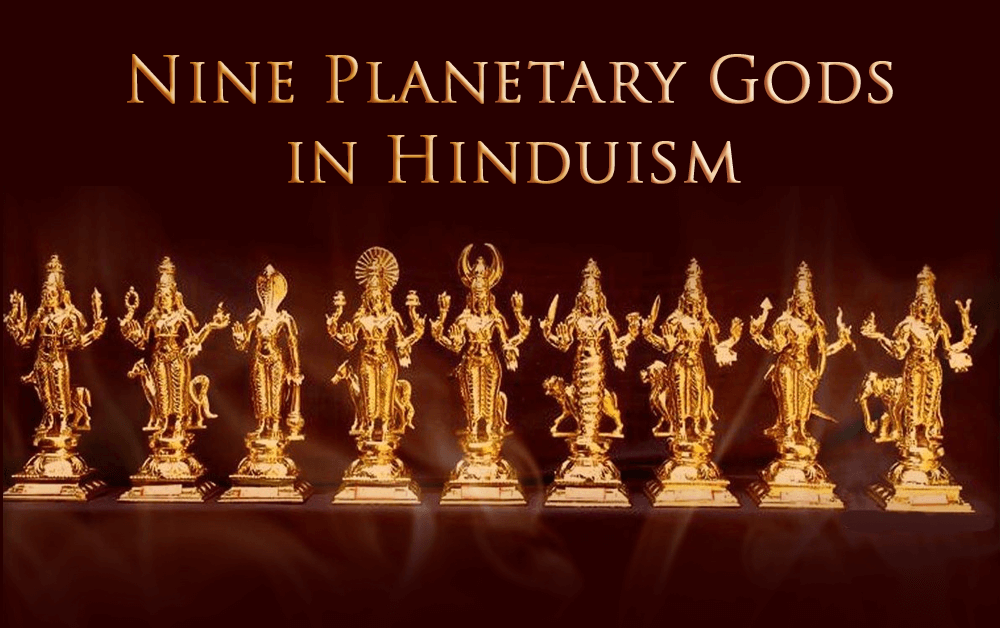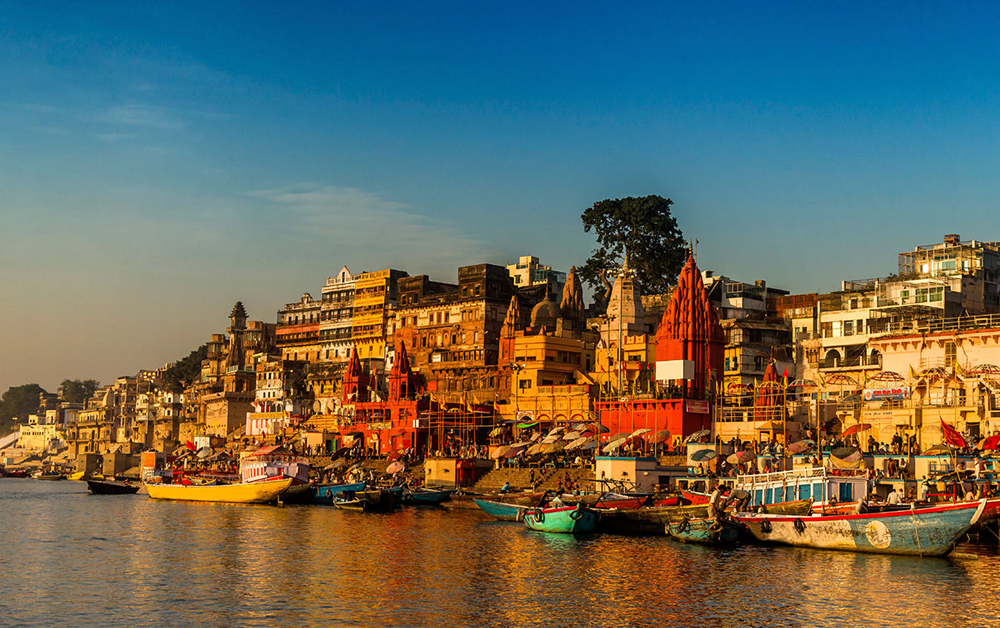Nine Planetary Gods in Hinduism

On the bank of river Ganga in Varanasi, UP, there was a great temple for Lord Shiva called Kashi Vishwanath temple. Kashi is the primeval name of Varanasi and Vishwanath means the Lord of Universe that is Parabrahma or Lord Shiva. This is the way how the name of the temple came. There was a history behind the Kashi temple. The famous Vishwanath temple has been reconstructed so many times. In 1194 CE Qutb-Ud-Din Aibak and his army defeated Raja of Kannauj and demolished the original Kasi Vishwanath Temple. But during the reign of Delhi Sultan Iltumish, a Gujarati merchant rebuilt the temple, unfortunately in 1447-1458, the temple was again destroyed at the period of Hussain Shah Sharqi of Sikander Lodhi. During the reign of the emperor Akbar, Raja Man Singh constructed the temple again but some Hindus excluded that. The temple was again reconstructed by Raja Todar Mal in its original size. Emperor Aurangzeb destroyed the temple to build the Gyanvapi mosque. After he built up the mosque, Malhar Rao Holkar, the Maratha ruler organized a plan. His main intention was to destroy the mosque and rebuild the temple. But that plan didn't work out. In 1750, Maharaja of Jaipur issued a survey for the land to rebuild the temple. That plan also didn't develop. At last in 1780, Ahilyabhai Holkar, daughter in law of Malhar Rao built up the temple again. Today the structure of Vishwanath temple is adjacent to the Gyanvapi mosque. Many noble families contributed silver to the temple and one tonne of gold for plating the temple's dome. According to Hindu belief, people who visit this temple can achieve salvation after death. The concept behind the Hindus belief is that God Shiva gives Tarak Mantra for the dying person. Dying in Kashi is related with Moksha or Mukti. It means that one who die in Kashi can attain liberation from the cycle of life and death. There is also a well-known place called Mukti Bhavan for the people who wanted to die in Kashi.
Get weekly updates on the newest articles, quotes and newsletters right in your mailbox. Subscribe now
